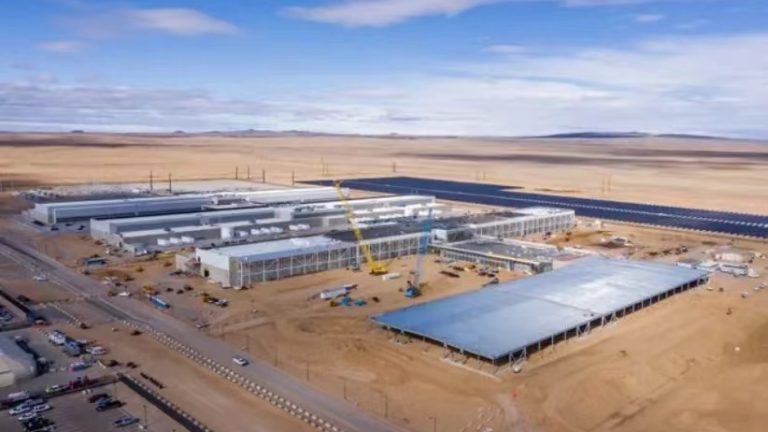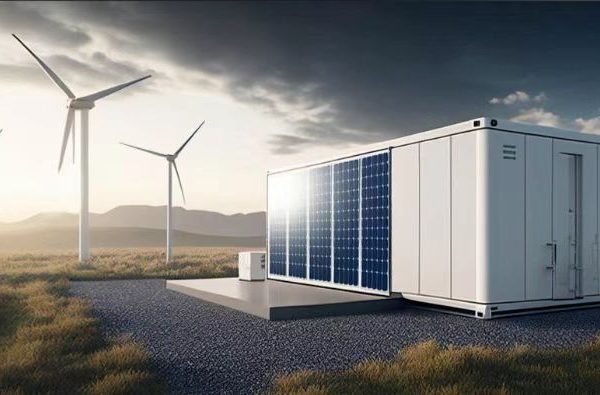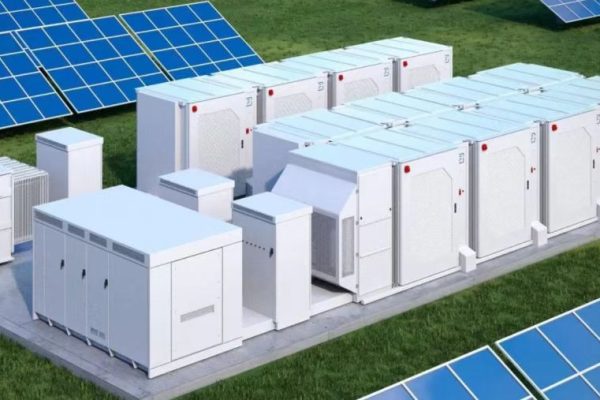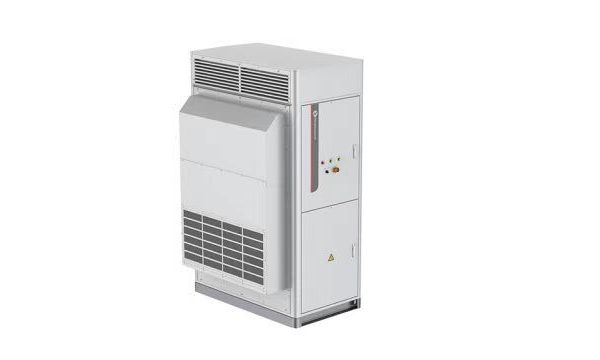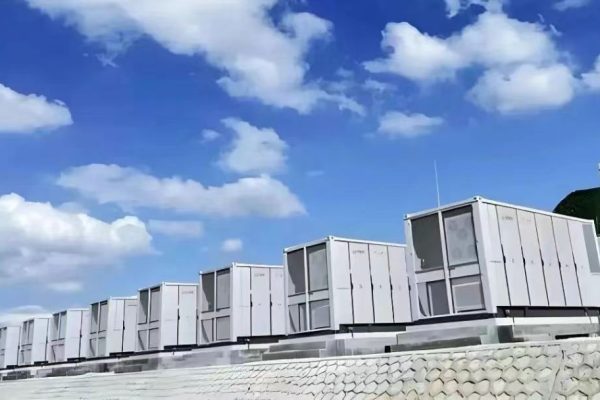How to Support EV Infrastructure with Smart, Scalable Storage
With the global growth of electric vehicles (EVs), charging infrastructure is expanding rapidly. But as EV adoption scales, one issue becomes increasingly clear: power reliability and peak demand management are critical.
Adding an energy storage system (ESS) to EV charging stations — even small ones — can provide:
- Backup power in case of grid failure
- Load balancing during peak charging periods
- Energy arbitrage using off-peak pricing or renewables
- Reduced grid upgrade costs
In this article, we explore how to design ESS specifically for EV charging backup, covering:
- Power and energy sizing considerations
- Backup scenarios and autonomy targets
- Integration with PV and hybrid inverters
- Practical installation and procurement tips
- Real-world challenges and client expectations
1. Why Add Storage to EV Charging?
EV chargers — especially Level 3 (DC fast chargers) — draw significant power. Even for Level 2 chargers, simultaneous usage can create spikes that:
- Exceed utility connection limits
- Trigger demand charges
- Stress aging local grids
Storage systems solve these issues by acting as:
- A buffer between EV loads and the grid
- A backup when the grid fails
- A time-shifter when integrated with PV or off-peak tariffs
Even small systems (20–100kWh) can have significant operational impact.
2. Define the Backup Scenario
Before you size or select products, define the client’s backup expectations:
| Scenario | Use Case | Backup Duration |
|---|---|---|
| Partial backup | Support for 1–2 EVs during short outages | 15–30 mins |
| Full backup | Full charger operation during blackout | 1–4 hours |
| Load shifting only | No outage support, just demand management | N/A |
Many clients overestimate what storage can do. Helping them understand realistic runtimes and trade-offs builds trust.
3. Power vs. Energy: Sizing the ESS
Two key sizing parameters for storage are:
- Power capacity (kW): What’s the peak load the system must support?
- Energy capacity (kWh): How long must that power be sustained?
Example:
- EV Charger Power: 10kW per port
- Two ports operating simultaneously = 20kW
- Desired backup duration = 1 hour
Minimum ESS size:
20kW (power) / 20kWh (energy)
But this is idealized — we must factor in:
- Inverter efficiency (85–95%)
- Depth of discharge (80–90%)
- Battery aging reserves (10–20%)
So a realistic system may require 25kWh+ usable energy and an inverter rated 25kW+.
4. Hybrid vs. AC-Coupled System?
If the station has PV (or plans to), a hybrid inverter can directly charge the battery with solar and deliver AC power to the load. If no solar is used, a simple AC-coupled inverter can still charge from the grid.
| Type | Use Case | Pros | Cons |
|---|---|---|---|
| Hybrid inverter | PV + battery | Direct DC charging, higher efficiency | More complex setup |
| AC-coupled inverter | Grid-only backup | Simpler to install | Slight energy loss due to double conversion |
For backup-focused projects without PV, AC-coupled may be sufficient. For clients interested in resilience + savings, hybrid inverters with PV make more sense.
5. Installation and Integration Tips
Battery Location
- Ensure batteries are away from charger heat and traffic
- Indoor cabinets or IP65 outdoor racks are both possible
- Floor-standing preferred due to capacity
Cabling & Protection
- Use DC combiner boxes if multiple battery strings
- Ensure fast-acting fuses and DC breakers
- Grounding and surge protection are essential
System Communication
- Integrate EMS/BMS to monitor load patterns
- Use RS485 or CAN to connect inverter + battery
- Remote monitoring recommended for station owners
6. Procurement Considerations
When sourcing for a small EV backup project, prioritize:
| Component | Selection Tip |
|---|---|
| Battery | LFP preferred for safety + cycle life (≥ 6000 cycles) |
| Inverter | Make sure rated power ≥ 20% of EV load |
| Cabinet | Fire-rated and IP54+ if outdoors |
| BMS | Must support real-time current limits and fault detection |
| EMS (optional) | Helps time charging from PV or grid |
Also check country-specific fire codes — some restrict lithium battery storage in public spaces.
7. Example Configurations
✅ Basic Backup System (20kWh / 10kW)
- Application: Support for 1–2 AC chargers (Level 2)
- Components:
- 20kWh LFP floor-standing cabinet
- 10kW AC-coupled inverter
- ATS or manual switch
Runtime: ~1 hour for one charger, 30 mins for two.
✅ Hybrid PV + Backup (40kWh / 20kW)
- Application: Partial offset + backup + load shift
- Components:
- 10kW PV array
- 40kWh modular LFP battery
- 20kW hybrid inverter
- Smart EMS with peak shaving
Runtime: Up to 2–3 hours backup + daily solar offset.
8. Cost Expectations
Prices vary widely, but rough guidelines:
| Component | Approx Cost (USD) |
|---|---|
| LFP Battery (20kWh) | $6,000–$8,000 |
| Inverter (10–20kW) | $3,000–$5,000 |
| Cabinet + BOS | $2,000–$4,000 |
| Total System | $11,000–$17,000 |
Many operators recover the cost within 3–5 years via reduced peak charges and higher uptime.
9. Real-World Challenges
- Surprise loads: EV chargers don’t have “soft starts” — they hit peak load instantly. Design for surge margins.
- Lack of space: Many charging stations weren’t designed for battery cabinets. Look for compact or modular formats.
- Fire approvals: Authorities may require UL9540A test reports or limit storage capacity per cabinet.
- Client expectations: Educate clients that 20kWh doesn’t mean “hours of full operation.” Be realistic.
10. Your Role as a Technical Trade Partner
As a solution provider, your job goes beyond quoting hardware. Your value lies in:
- Asking the right questions about site load, autonomy needs, and PV plans
- Helping compare battery chemistries and form factors
- Advising on regulatory limits and BOS matching
- Offering modular, scalable systems that adapt as demand grows
A client may not understand the nuances of inverter charging curves or lithium cell temperature gradients — but they’ll understand reliable charging, lower utility bills, and no shutdowns when the grid fails.
Designing ESS for EV charging backup requires balancing power, energy, space, and cost. With the right setup, even small storage systems can:
- Prevent service outages
- Improve station uptime
- Reduce utility bills
- Future-proof infrastructure for higher EV volumes
Your ability to match technical options to real customer needs is what makes the difference.





